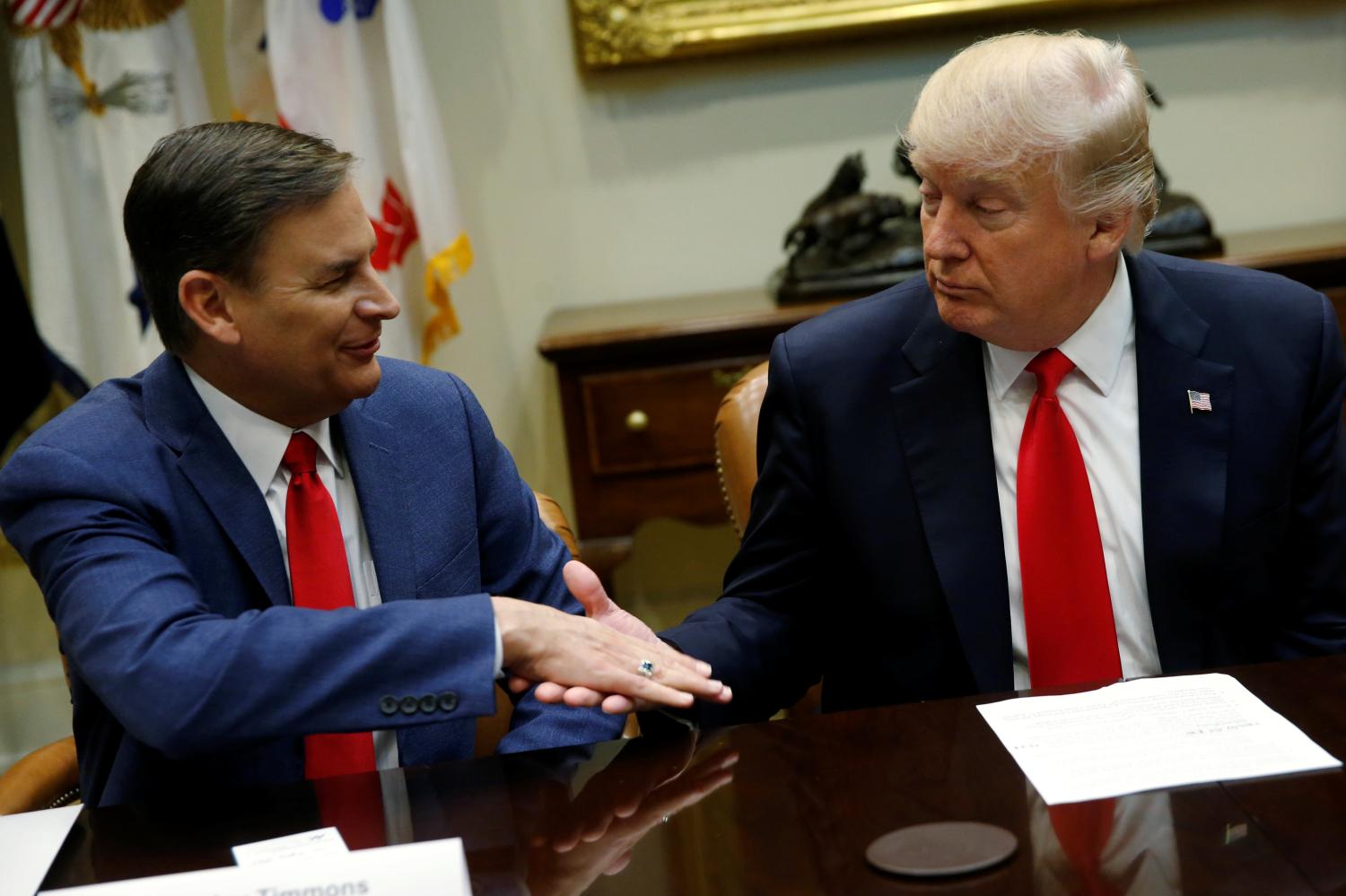Our nation’s middle class has not fared well in recent decades and those at the bottom of the ladder have fared the worst of all. Although the latest Census data show that the average family’s income rose sharply between 2014-2015 and that the gains disproportionately benefitted those at the bottom of the ladder, inflation-adjusted incomes still have not recovered to the levels achieved before the last recession or even to the levels achieved in the late 1990s. Although there are many reasons why most families are struggling, the most important by far is the lack of good jobs, a problem that is especially serious for those without the skills needed to find such jobs in a knowledge-based economy.
My advice to the next President is that if you want to improve middle class incomes and help people at the bottom move up the ladder, there is nothing more important than creating jobs. All elected officials give lip service to this objective but often fail to achieve it. One reason: it’s difficult to do. There are both substantive and political challenges. But here’s what I would advise a new Administration facing these challenges.
First, it’s critical to maintain full employment. Some might argue that an unemployment rate of under 5 percent is about as good as it gets. Wouldn’t we be inviting more inflation if we pressed past this point? I don’t think so. In the late 1990s or 2000 we got the unemployment rate down to 4 percent. That made a huge difference to people’s income and especially to those at the bottom. As Alan Blinder put it in his book, After the Music Stopped, if you had a pulse, an employer would hire you. Inflation could rear its head again but it is not a problem right now: it’s well below the Federal Reserve’s target of 2 percent.
The problem is that monetary policy is running out of gas. Interest rates are at rock-bottom and quantitative easing is hitting diminishing returns. We need a fiscal injection in the form of infrastructure spending or programs (such as the EITC) targeted at people who will spend, and not save, the money. That may seem like the wrong medicine for a federal government that is already running big deficits with much bigger ones to come. So this new spending (or a tax cut) needs to be coupled with policies that would slow the growth of entitlements and reduce tax subsidies going to the upper middle class over the longer run. Bowles-Simpson didn’t quite get there but they came awfully close. This combination of short-term stimulus with long-term restraint might just find enough support in the new Congress to make a new legislative effort feasible.
We need a fiscal injection in the form of infrastructure spending or programs (such as the EITC) targeted at people who will spend, and not save, the money.
Second, while full employment has to be an overriding objective, there’s some evidence that we suffer from a growing structural problem as well. For example, a large portion of working-age men have simply dropped out of the labor market. This trend began long before the recent recession. These men tend to be less educated and technology appears to be replacing the jobs they used to do. Manufacturing output is as high as ever but manufacturing employment has plummeted as the result of automation and to a lesser extent competition from China and other low-wage countries. Trade and especially technology can create many losers and we have done way too little to address this fact. Trade barriers, however, are not the solution; they would actually make matters worse.
Without help for those who are losing ground in the labor market, the social fabric will fray and our politics could go from bad to worse. The long-term solution is better education and training or retraining. But the transition period could be long and waiting for all those better educated workers to graduate from school won’t do. We are going to need a stronger safety net coupled with subsidized jobs in either the public or private sector.
Again, I think there is room for a political compromise here. Conservatives want to make some safety net programs more conditional on work. Liberals want the government to create new jobs. They should be able to find agreement around the idea of doing both. An individual who applies for benefits and who is considered employable should get a publically subsidized job if they can’t find one in the private sector. At the same time, no benefits should be paid to those who show no interest in work as evidenced by an unwillingness to take the subsidized job on offer. In addition, the federal disability program should be reformed in a way that makes it possible for someone with a temporary disability to get benefits but doesn’t allow them to stay on the rolls forever.
There are numerous issues related to the design of these kinds of initiatives and political minefields along the way. But without a laser-like focus on jobs, there is no hope at all that we can raise incomes for lower- and middle-class families.
The Brookings Institution is committed to quality, independence, and impact.
We are supported by a diverse array of funders. In line with our values and policies, each Brookings publication represents the sole views of its author(s).





